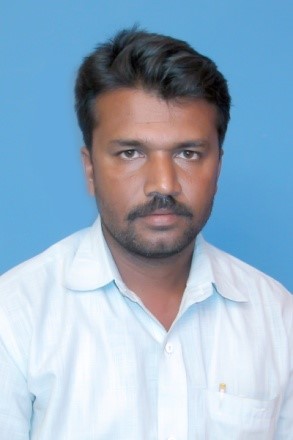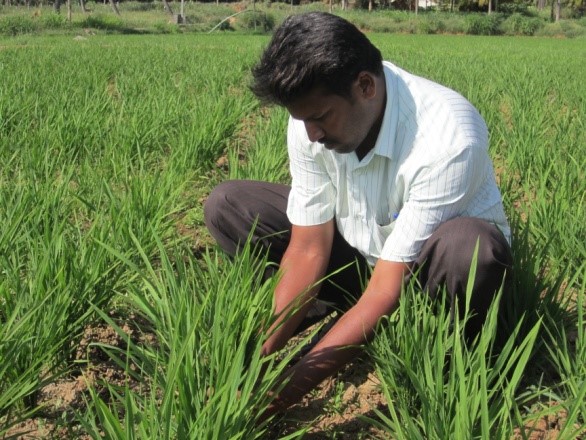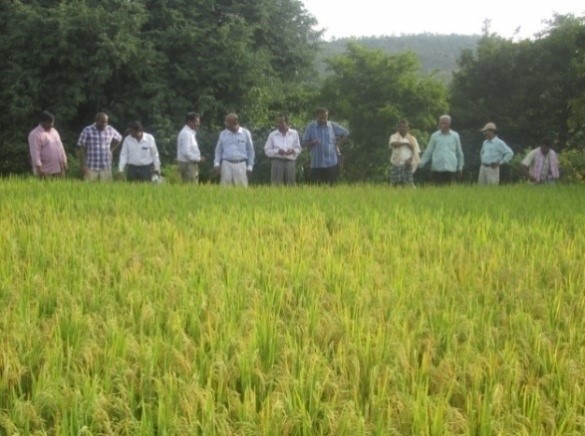
Addressing drought vulnerability by cultivation of Aerobic Paddy (MAS-26)

Mr. Mahesh M.N., S/o Muddalagiriappa, D.Nagenahalli, Anupanahalli Post, Kollala Hobli, Koratagere Taluk, Tumkur District – 572140. Mobile: 9741048653
BRice (Oryza sativa L.) is the most important cereal crop of India. In Karnataka, about 55–60 % of the rice is grown under puddled system and the rest is under a rainfed situation. Traditional rice cultivation method is well- suited to countries and regions with low labour cost and high rainfall, as it is very labour-intensive. Irrigated rice is typically transplanted into puddled paddy fields, which includes land preparation with 4-6 inches of standing water and this method of cultivation requires large quantities of water. Because of increasing water scarcity, Aerobic Paddy cultivation is getting popular in the country, apart from SRI method. Considering the drought prone nature of D.Naganahalli, the village selected under TDC-NICRA project of KVK, it was decided to demonstrate this method in the NICRA village.
The main advantages of the drought tolerant aerobic paddy MAS 26 are – direct sowing, no need for puddling, resistance to pests and diseases, reduction in pollution, medium duration, possibility of about 60 tillers on an average per seed and 50% water saving along with 80% seed saving.
The demonstration of aerobic paddy MAS-26 was conducted at farmer field Sri Mahesh.N.M, in 0.5 ha. Sri. Mahesh is a medium farmer. He studied diploma in Electricals. The performance of the aerobic paddy MAS-26 (37.5 q/ha) was found to be superior to the local variety of paddy (29.8 q/ha). The yield of MAS-26 increased to an extent 12.4 %. The farmer got benefitted with additional yield of 2q/ha compared to local and an additional income of Rs. 3,600.


